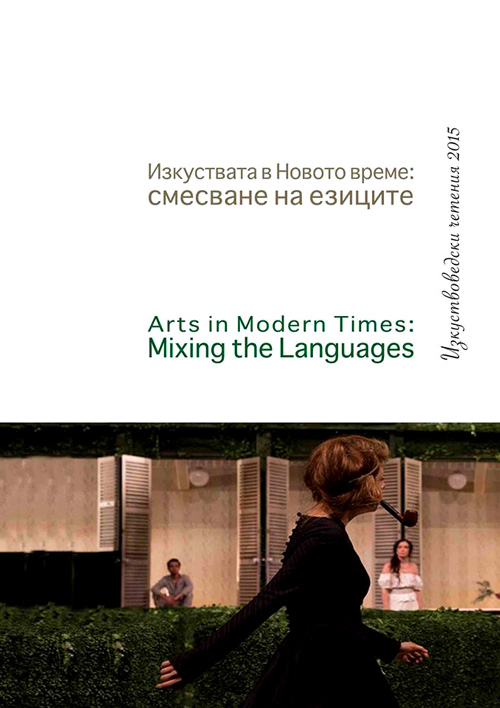Le temps mort като елемент на съвременния киноезик
Le temps mort as an element of contemporary film language
Author(s): Ingeborg Bratoeva-DaraktchievaSubject(s): Fine Arts / Performing Arts, Visual Arts, Film / Cinema / Cinematography
Published by: Институт за изследване на изкуствата, Българска академия на науките
Summary/Abstract: The paper explores the characteristics, the use, and the significance of le temps mort (dead time) as an element of contemporary film language. A major reference to the theoretical reasoning on this term is Gilles Deleuze’s views of image-time (l’image-temps) in film. Nuri Bilge Ceylan’s Once Upon A Time in Anatolia (2011) and Winter Sleep (2014); Michael Heneke’s Amour (2012); Lisandro Alonso’ Jauja (2014) and The Sinking of Sozopol (2014) by Bulgarian director Kostadin Bonev provide case studies of different uses of dead time. All works under consideration suggest a single main goal in the use of dead time in contemporary film: revealing the metaphysical dimensions to existence. Le temps mort proves to be a major cinematic tool used to generate spiritual contents, elements of the film language through which film provides evidence of its ability to be their mediator and by coding them into the very structure of the film too.
Journal: Изкуствоведски четения
- Issue Year: 2015
- Issue No: 2
- Page Range: 191-201
- Page Count: 11
- Language: Bulgarian
- Content File-PDF

